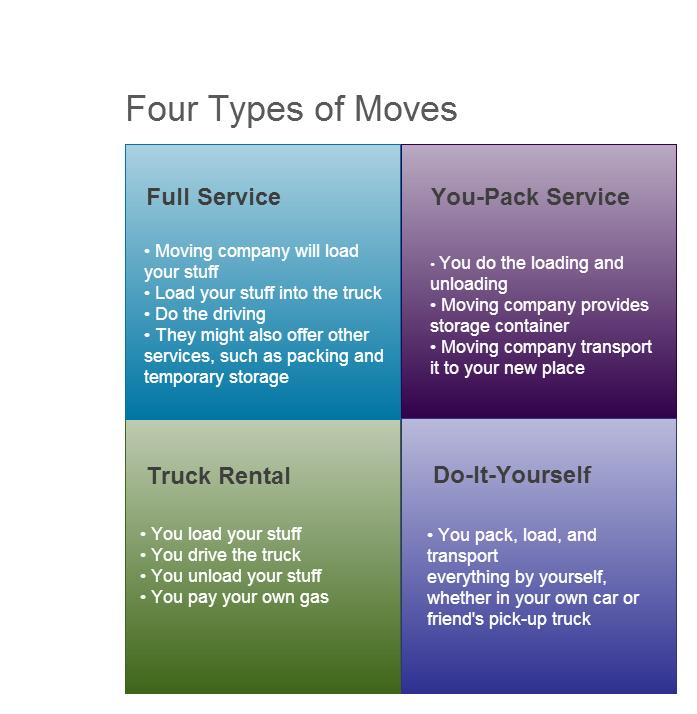Do-It-Yourself Move
Don’t want to pay for moving?
Doing it yourself is cheapest way to move. You get everything done on your own without needing to pay for professional moving services or rentals. However, for most people it’s simply not an option.
Anyone thinking about moving on their own should know what they’re getting into. This article will detail what a do-it-yourself (DIY) move will require and who its best for.
What Is a Do It Yourself Move?
A DIY move requires doing everything on your own (or with a little help from your friends). And can get overwhelming really fast. Here’s a breakdown of what you’ll need to handle:
- Plan – Like with all moves, you’ll need to handle the planning process, including figuring out when you’ll move, what you’ll move, and how much it’ll cost.
- Pack – You’ll need to pack all of your stuff on your own. This can actually be the most time-consuming part of moving, requiring many hours, even days.
- Load – You’ll need to load everything into your car or friend’s truck, including your bed, boxes and pet cactus.
- Drive – Driving a moving van is hard; driving a fully-loaded sedan is harder.
- Unload – Once you arrive at your new home, the daunting realization will hit you: you’re only half done! Time to take everything out of the car.
- Unpack – You’ll need to unpack on your own, though this is the norm.
When Is It Best to Move by Yourself?
Not all moves are good for doing it yourself. Some are just too difficult, time-consuming or demanding. Here are some common characteristics of do-it-yourself movers.
- Bachelor/Bachelorette – Single people (or child-less couples) generally have less stuff than families, making moving easier.
- Few Heavy Possessions – A 1,000 pound armoire can devastate a do-it-yourself move. Most DIY movers have few possessions or sell their heavy stuff.
- Good Health – DIY movers need to be in fairly good shape, because they’ll have to carry a lot of things, including heavy boxes and furniture.
- Time on Their Hands – The do-it-yourself move is going to take a while. Think of it like this: you should expect a day for each bedroom in your home. Most DIY movers have at least two full days available for moving.
- Adequate Transportation – A car can work for a college student or a person moving into a furnished apartment. However, most DIY movers have a pick-up truck or van on hand, whether it’s their own or a friend’s.
- Close Distance – Do-it-yourself moves often take more than one trip because it’s hard to fit everything in one carload. If you’re moving across town, this isn’t a problem. If you’re moving across the country, it is.
If you can’t do an entire move on your own, that’s okay. Even if you handle the packing or driving on your own, you can save a lot of money.
Return to: Types of Moves
How to Ship Boxes
How to Pack for Moving



